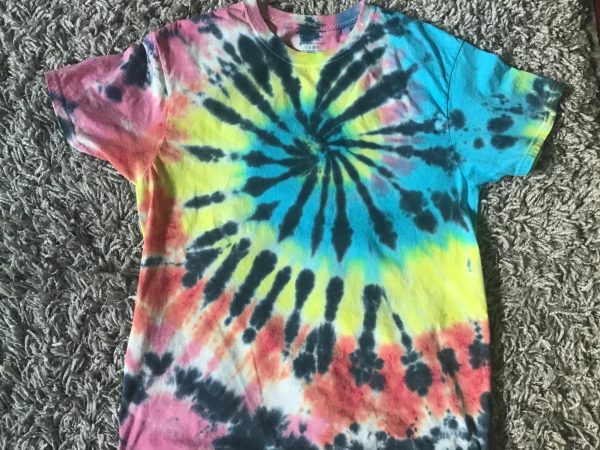This Telescope Can Time Travel

October 7, 2021
Due to COVID-19, many things were halted to a stop, that includes space launches. That didn’t limit the efforts to have some ready for when the time was right. The James Webb Telescope is an example of one of these technologies. On December 18, 2021, it will be launched and set on its way to advance on what The Hubble has accomplished and discovered. The Hubble mostly studied comets and planets but made a shocking discovery of moons around Pluto. The Webb telescope is meant to go beyond that and study the galaxy, as well as star and planet formations dating back to hundreds of million years ago.
The Webb Telescope uses infrared in order to see back in time, further than any other telescope has gone. It will be able to see back possibly a quarter billion years ago, hopefully capturing how the first stars and galaxies formed. The infrared light will allow astronomers to truly see through dust clusters which tend to cloud around areas where stars or planets form. There are many questions that NASA believes will be answered once this gets launched and ready: What and how were the first galaxies created? What situations have to occur in order for it  to happen? What persuades their shape? How are stars formed? What conditions need to happen for them to form? Why do they form in clumps?
to happen? What persuades their shape? How are stars formed? What conditions need to happen for them to form? Why do they form in clumps?
December 18th, the date of The Webb launch, is gonna be an eventful and exciting day for astronomers and space nerds. Unfortunately, the telescope won’t begin recording information until it’s been up there for at least 6 months, but after that waiting period, astronomers hope that it will continue to collect data for 5.5 to 10 years at the least. Its time is limited due to space uncertainties and the fuel that is needed to maintain its orbit. Until that happens though, very shocking and informative research will be conducted that may answer many questions that even the common person would like to know, and it will, of course, create more questions that future astronomers will strive to answer.
Sources:
- https://www.jwst.nasa.gov/content/about/faqs/faqLite.html
- https://www.nasa.gov/audience/forstudents/k-4/stories/nasa-knows/what-is-the-hubble-space-telecope-k4.html




